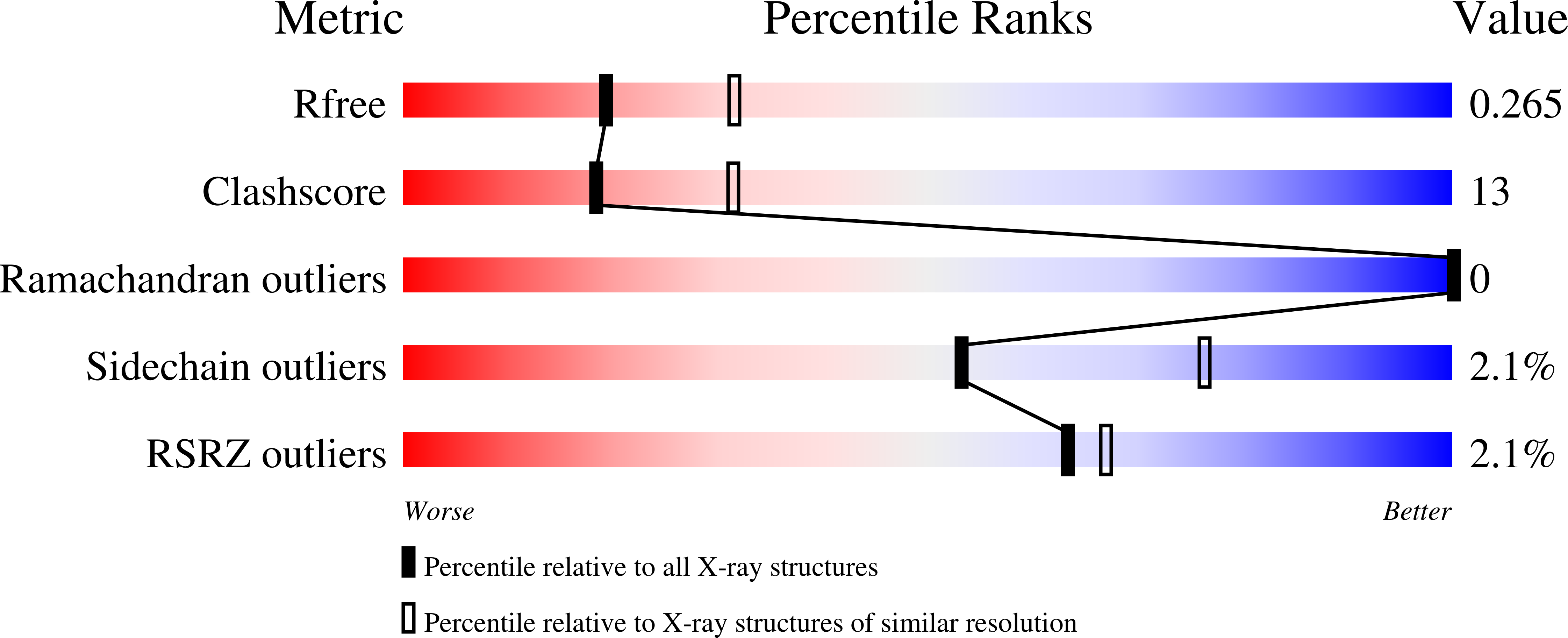
Deposition Date
2020-04-29
Release Date
2021-02-17
Last Version Date
2023-10-18
Method Details:
Experimental Method:
Resolution:
2.53 Å
R-Value Free:
0.26
R-Value Work:
0.21
R-Value Observed:
0.21
Space Group:
P 1 21 1


